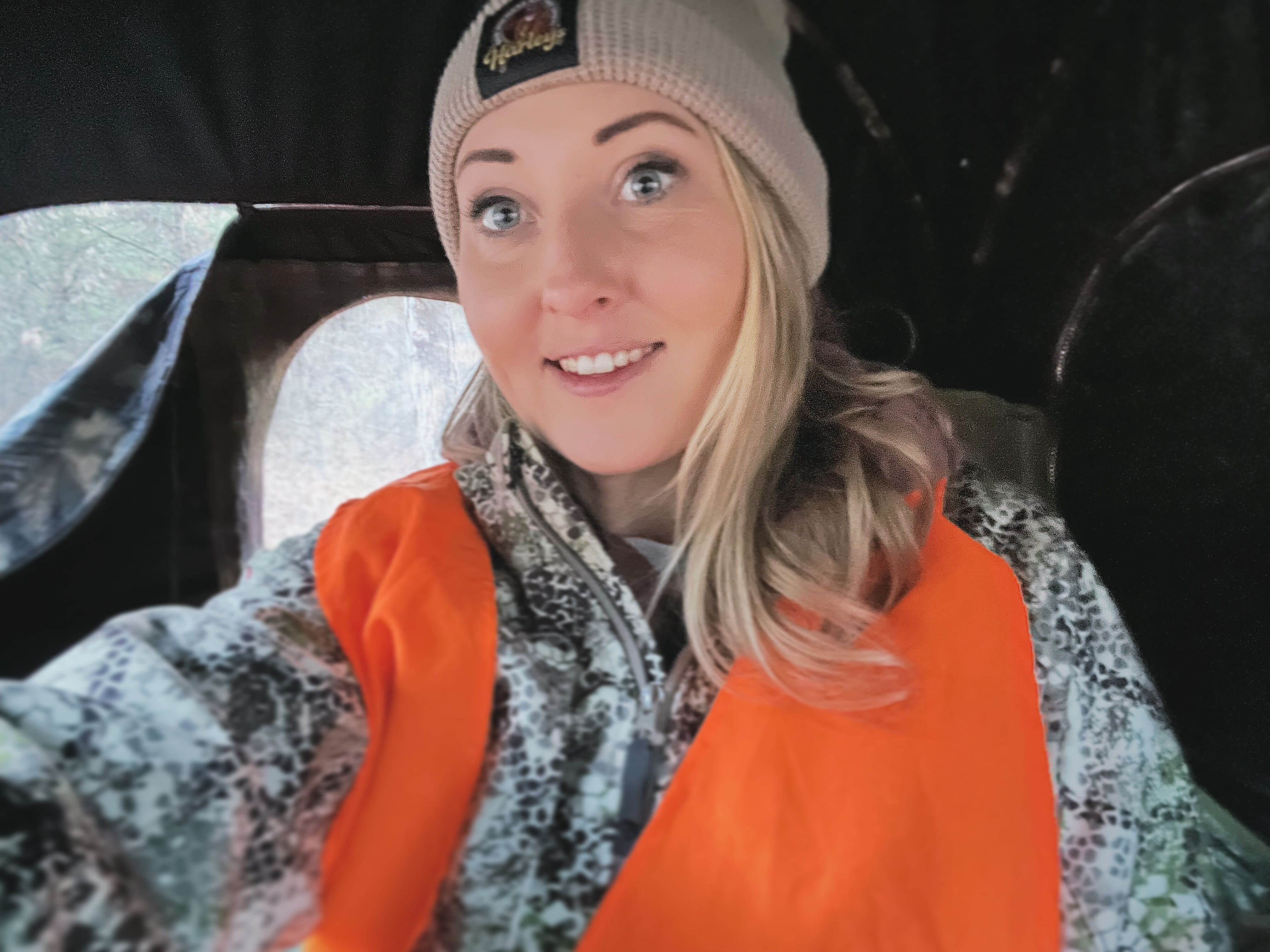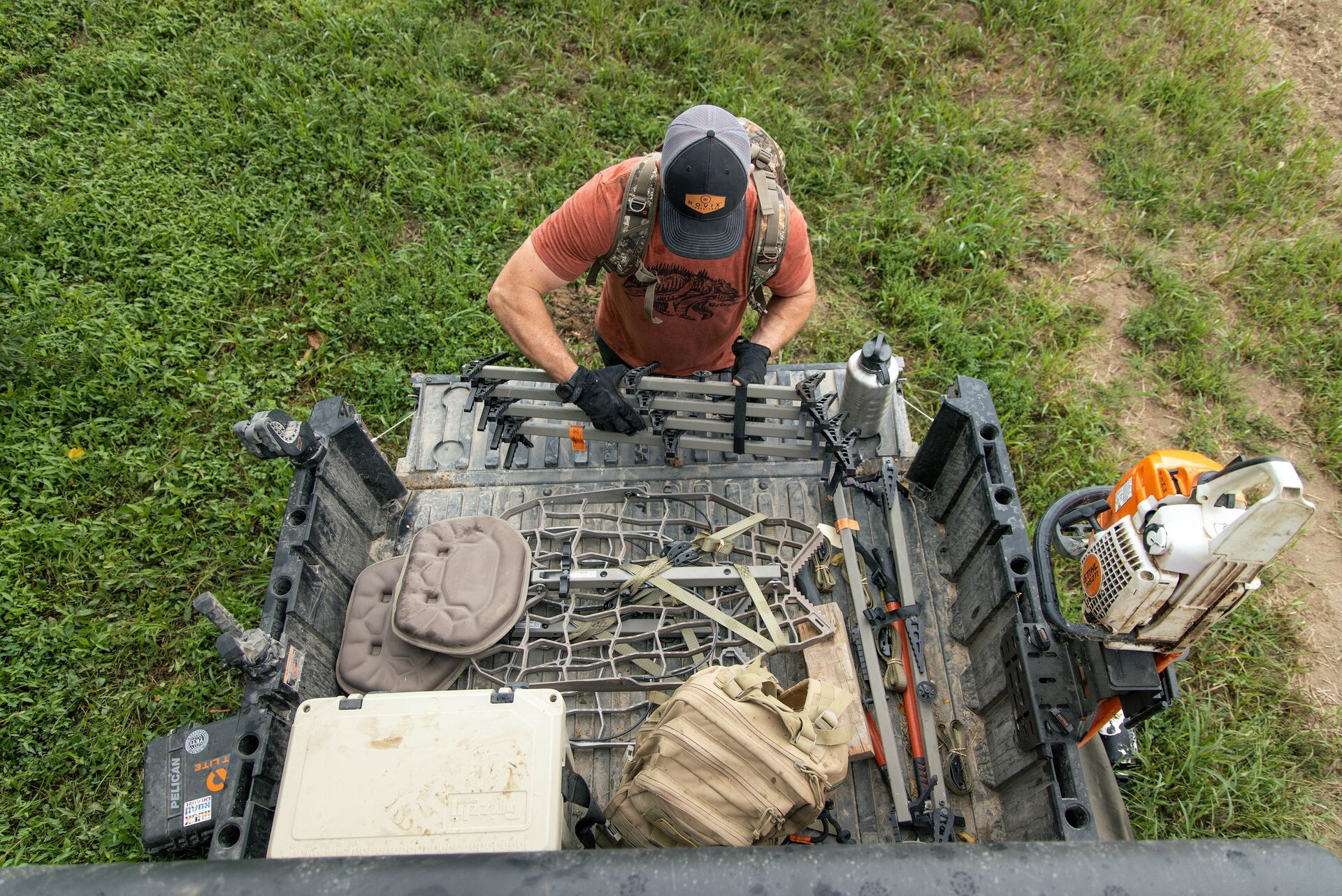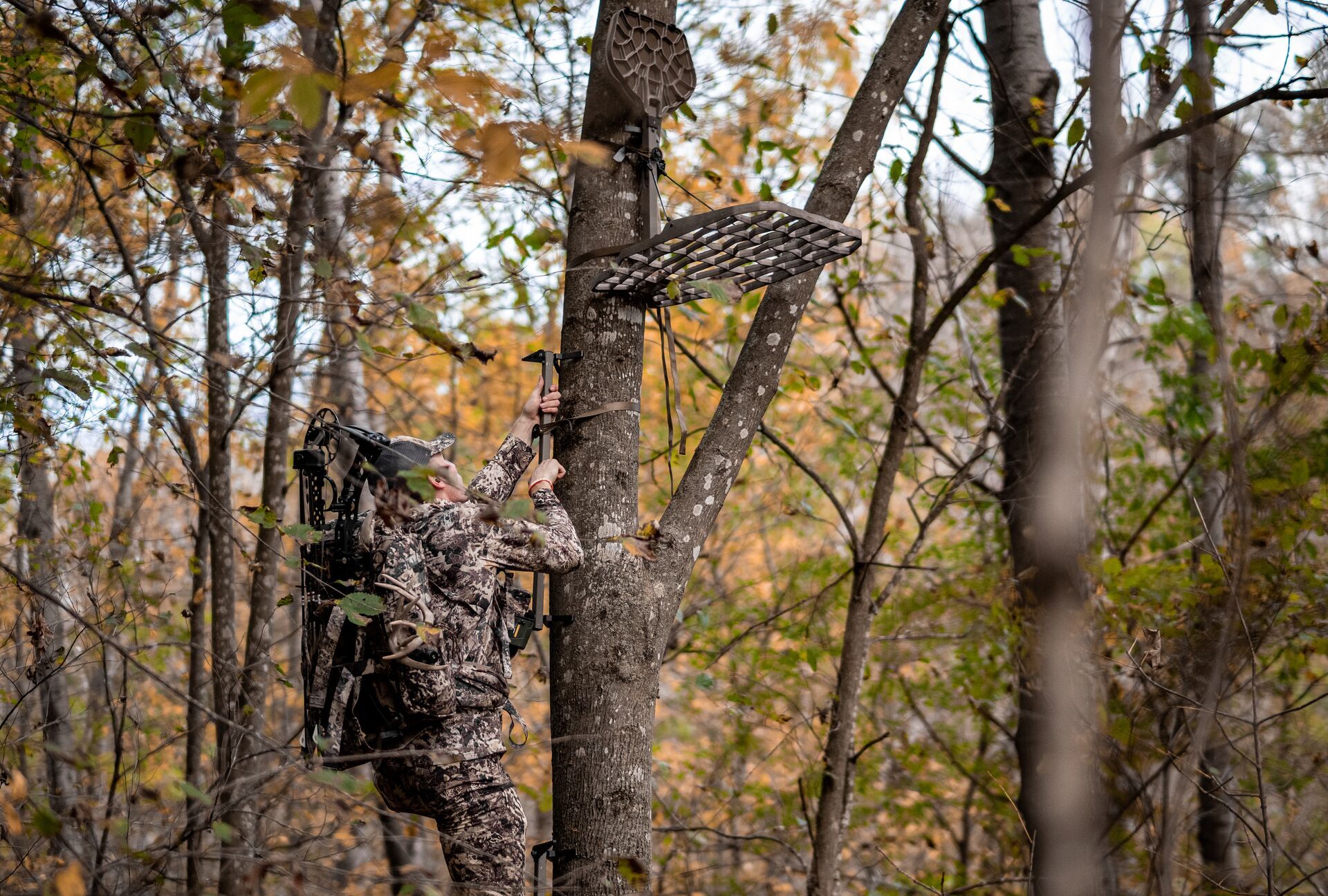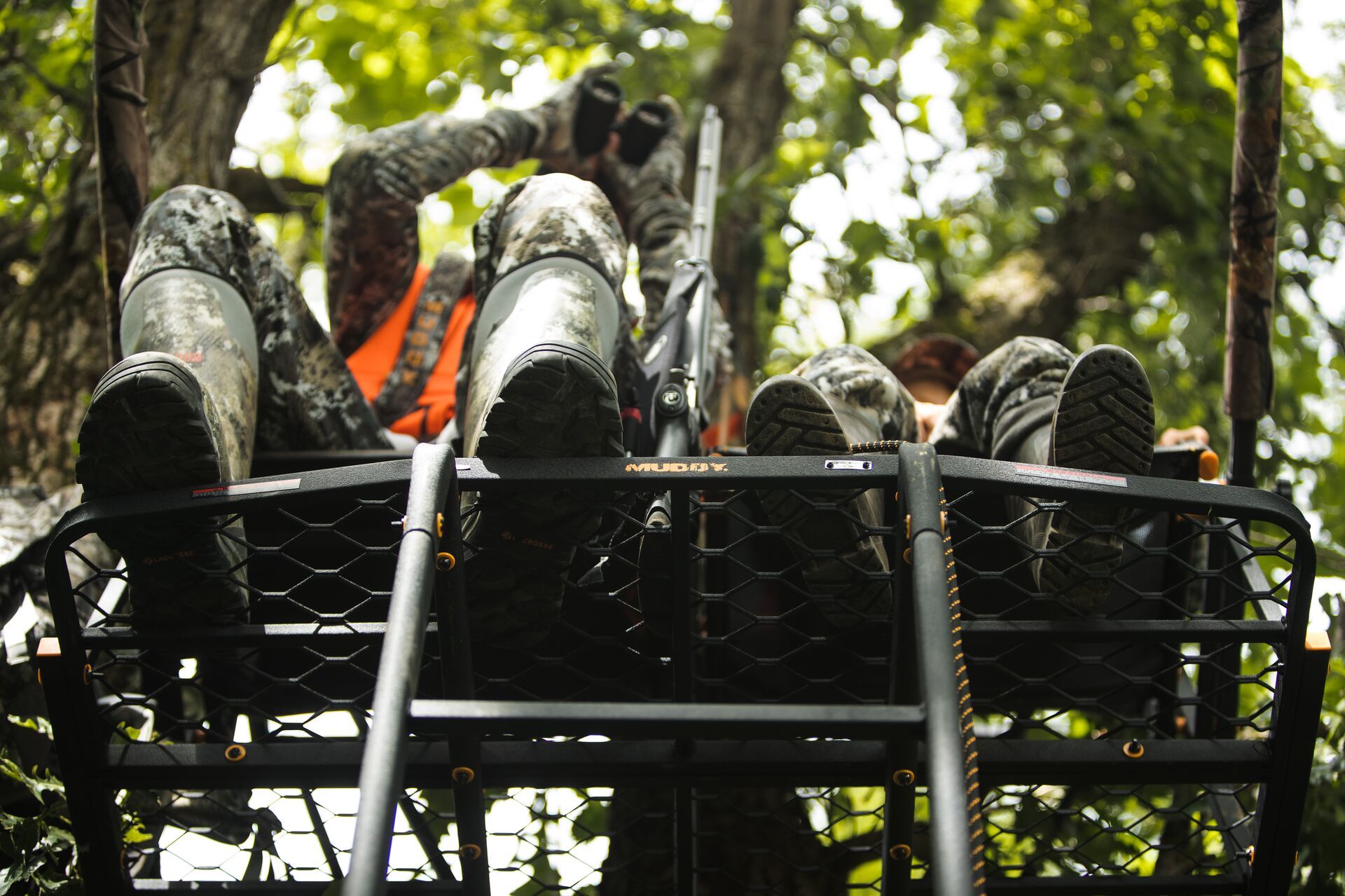Field Guide / Hunting Tips
4 Tips for Better Treestand Safety This Season
Every hunting season, a few hunters are not as careful as they should be, and they deal with the consequences. Whether that comes from not properly hanging tree stands or not managing them year-round, it is important to understand the safety and hunting precautions behind hunting in a treestand.
Previous in Hunting Tips
More Content Like This
4 Winter Rabbit Hunting Tips
With snow on the ground and deer season in the rearview, winter rabbit hunting offers an exciting off-season pastime for whitetail hunters. Rabbits are plentiful between cottontails, rabbits, jackrabbits, and snowshoe hares in most areas throughout t...Read More
Read MoreWhitetail Deer: How to Find and Hunt on Public Land
A successful whitetail deer hunt on public land requires many things, but resilience and knowledge play the most crucial role. Whitetail scouting on public land requires a tactical and focused skill set acquired by maneuvering a variety of changing v...Read More
Read More10 Photography Tips for Hunting Influencers
Creating visually engaging images has always been the end goal of a photographer. With the rise of social media platforms, engaging user-created content is more important than ever. Read More
Read More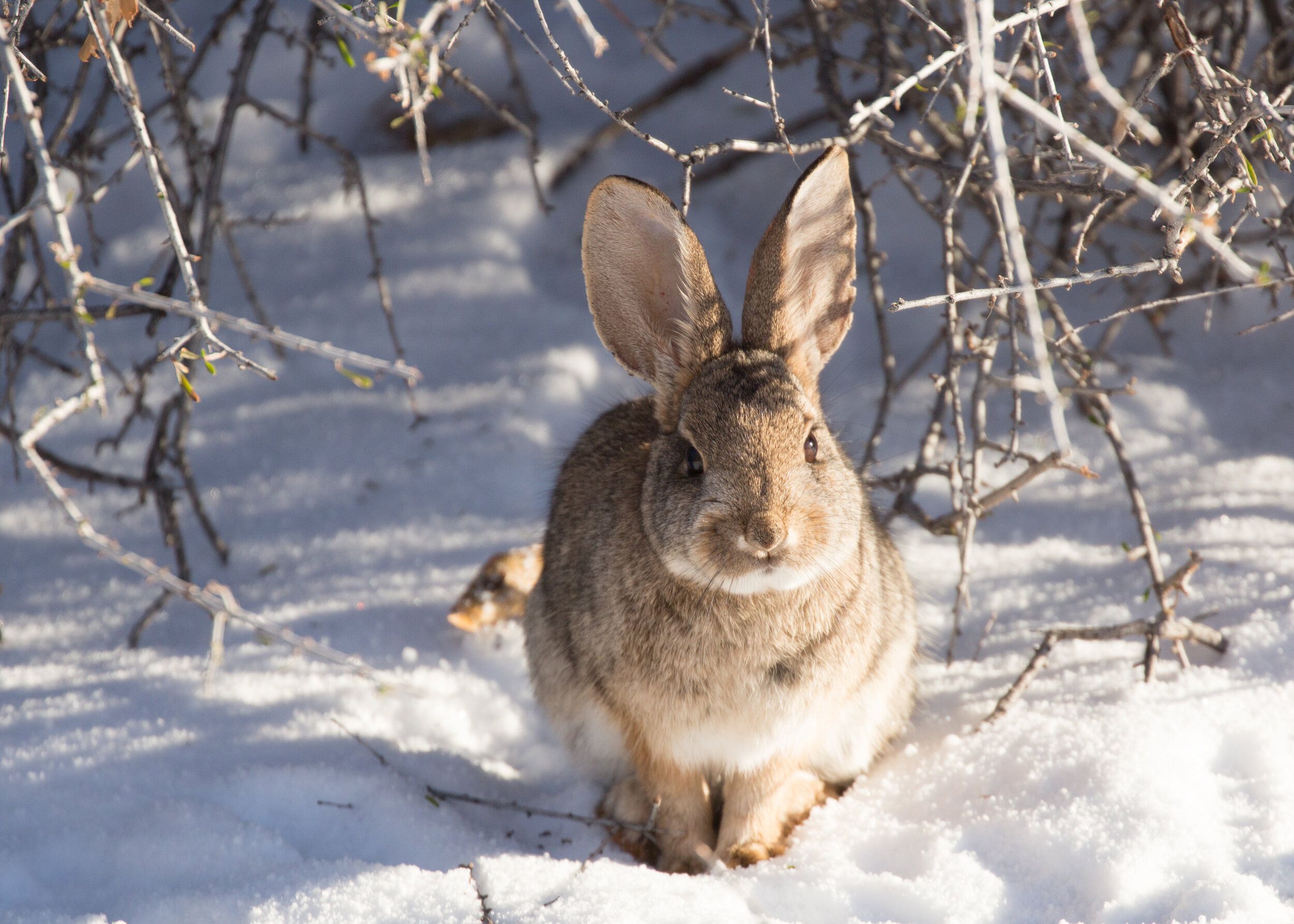 Hunting Tips
Hunting Tips4 Winter Rabbit Hunting Tips
With snow on the ground and deer season in the rearview, winter rabbit hunting offers an exciting off-season pastime for whitetail hunters. Rabbits are plentiful between cottontails, rabbits, jackrabbits, and snowshoe hares in most areas throughout t...Read More
Read More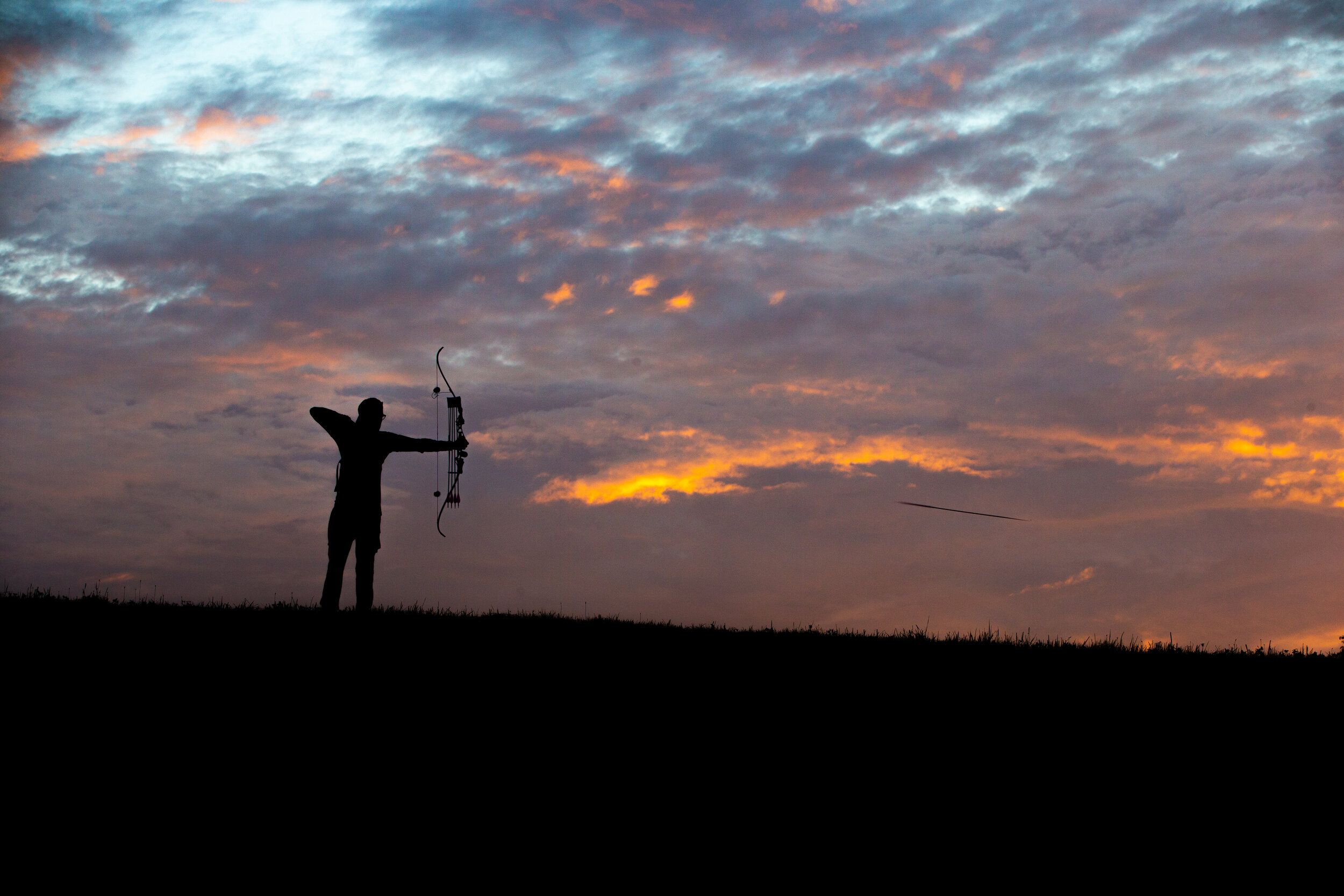 Hunting Tips
Hunting TipsWhitetail Deer: How to Find and Hunt on Public Land
A successful whitetail deer hunt on public land requires many things, but resilience and knowledge play the most crucial role. Whitetail scouting on public land requires a tactical and focused skill set acquired by maneuvering a variety of changing v...Read More
Read More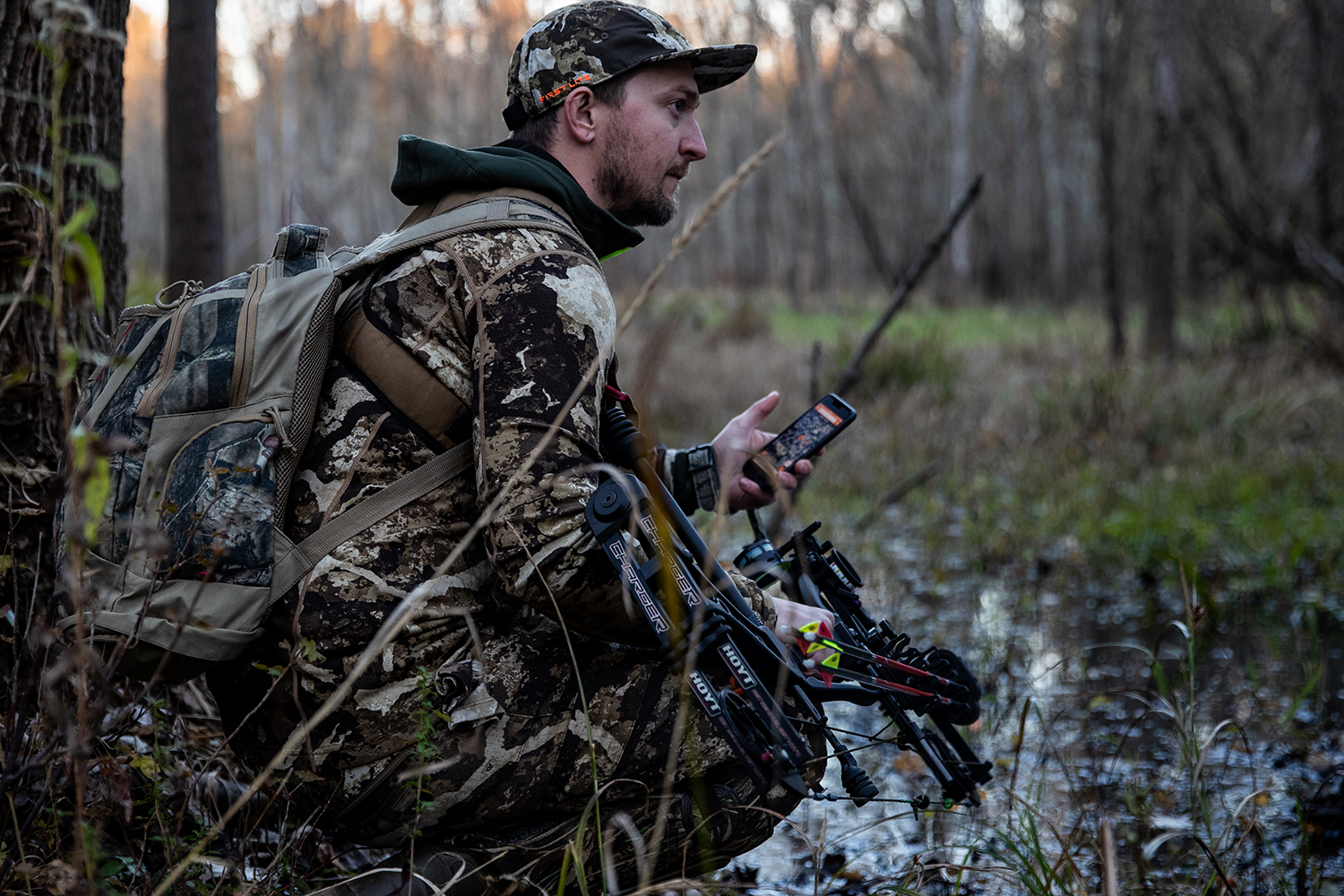 Hunting Tips
Hunting Tips10 Photography Tips for Hunting Influencers
Creating visually engaging images has always been the end goal of a photographer. With the rise of social media platforms, engaging user-created content is more important than ever. Read More
Read More
1 of 3
